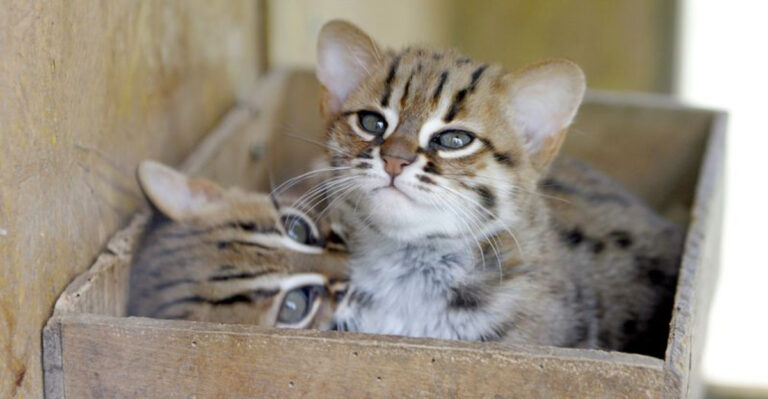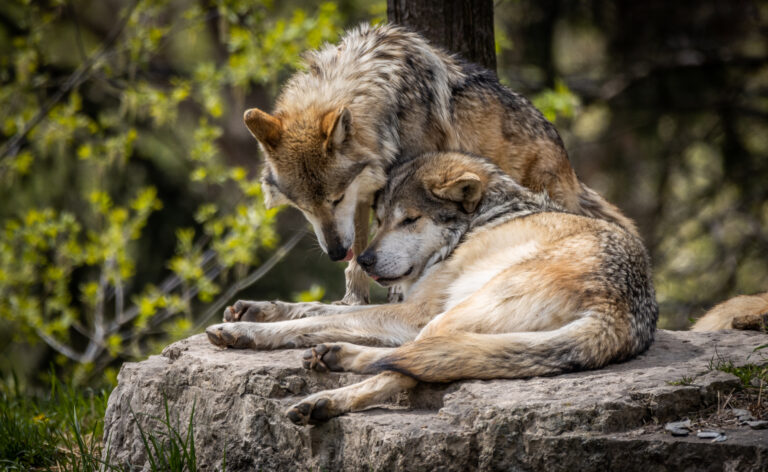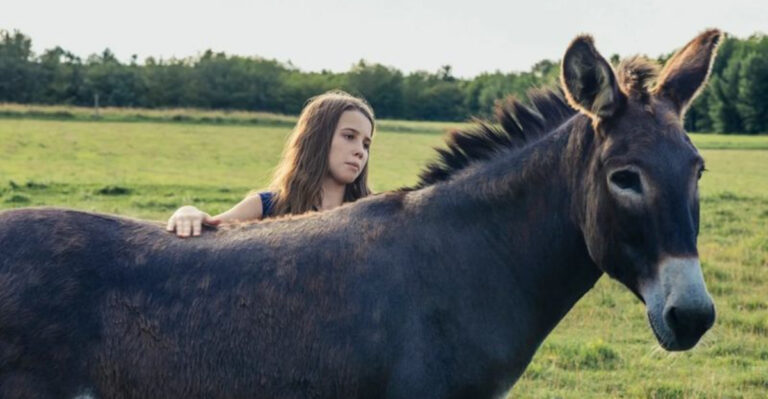Two Endangered Species Once Believed Extinct Make A Miraculous Comeback In This Australian National Park

Deep in the heart of Australia, a conservation miracle is unfolding. Two native species – the Western Quoll and Brushtail Possum – once thought gone forever from Ikara-Flinders Ranges National Park have returned against all odds.
Their comeback represents one of Australia’s most inspiring wildlife recovery stories, showing that with dedication and science, we can reverse extinction trends even when hope seems lost.
A Decade-Long Effort Brings Wildlife Back From The Brink
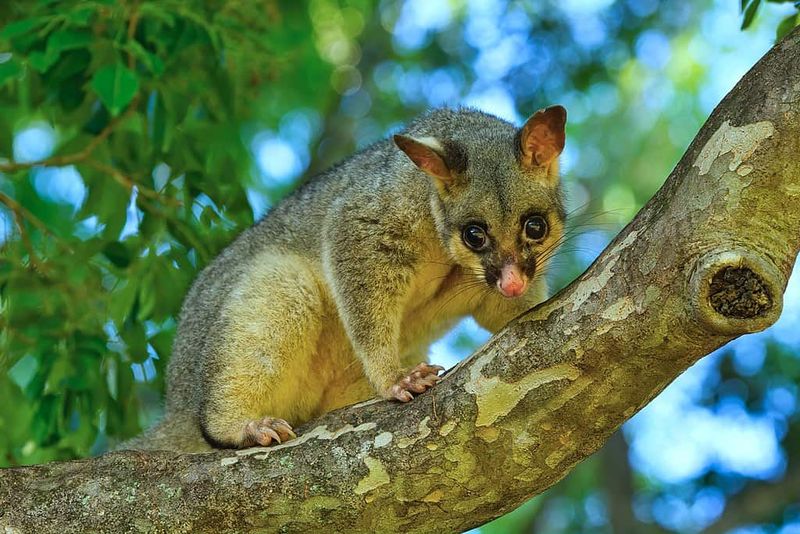
Back in 2014, wildlife experts embarked on what many called an impossible mission. They dreamed of seeing Western Quolls and Brushtail Possums roaming free in places they hadn’t been spotted for generations.
Rangers, scientists, and volunteers worked tirelessly through scorching summers and frigid winters. They tracked animals with radio collars, built protective enclosures, and monitored breeding patterns with unwavering dedication.
What started with just 41 Western Quolls and 39 Brushtail Possums has blossomed into stable populations numbering in the hundreds – a testament to human persistence against overwhelming odds.
Western Quolls Return To Their Historic Habitat After 100 Years
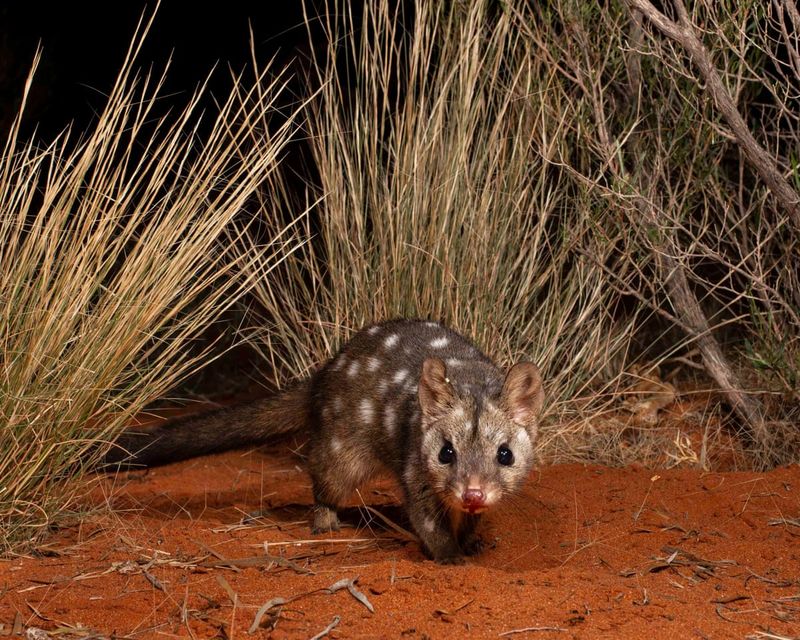
Spotted like a starry night sky, Western Quolls vanished from South Australia’s mainland in the early 1900s. These cat-sized marsupial predators, locally known as ‘idnya’ by the Adnyamathanha people, once controlled rodent populations across the continent.
Foreign foxes and cats, along with habitat destruction, drove them to disappear completely from the region. Their absence created a cascade of ecological problems as rodent numbers exploded unchecked.
Now, camera traps capture quolls scaling trees, hunting at night, and raising young in the same valleys their ancestors roamed for thousands of years before European settlement.
The Comeback Of Brushtail Possums Surpasses Expectations
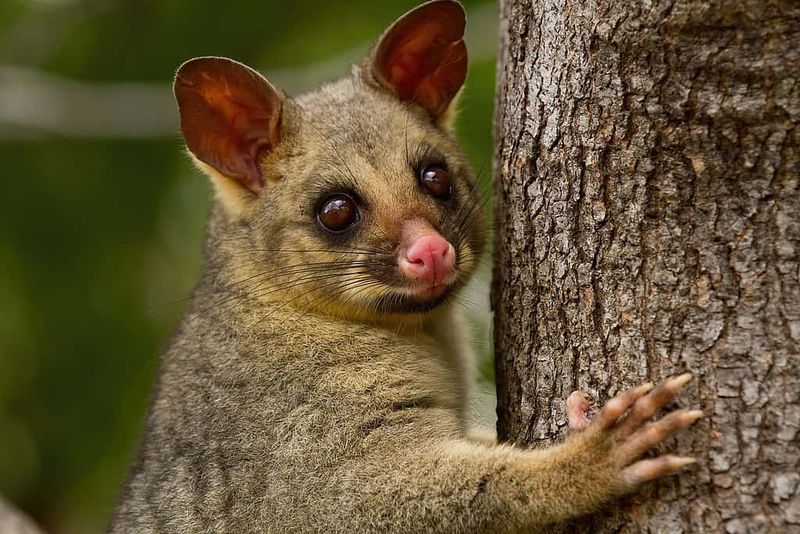
Fluffy ears peeking from tree hollows signal another conservation triumph at Ikara-Flinders. Brushtail Possums, with their fox-like faces and thick, prehensile tails, have multiplied beyond researchers’ wildest hopes.
Released alongside quolls, these nocturnal marsupials faced similar threats but adapted differently. They’ve reclaimed their role as seed dispersers, helping native plants reproduce across the landscape.
Scientists initially worried the possums might struggle to find enough suitable tree hollows for shelter. Instead, they’ve proven remarkably adaptable, even using rock crevices and abandoned buildings when necessary – behavior rarely documented before this reintroduction program.
Ikara-Flinders Ranges: A Beacon Of Conservation Success
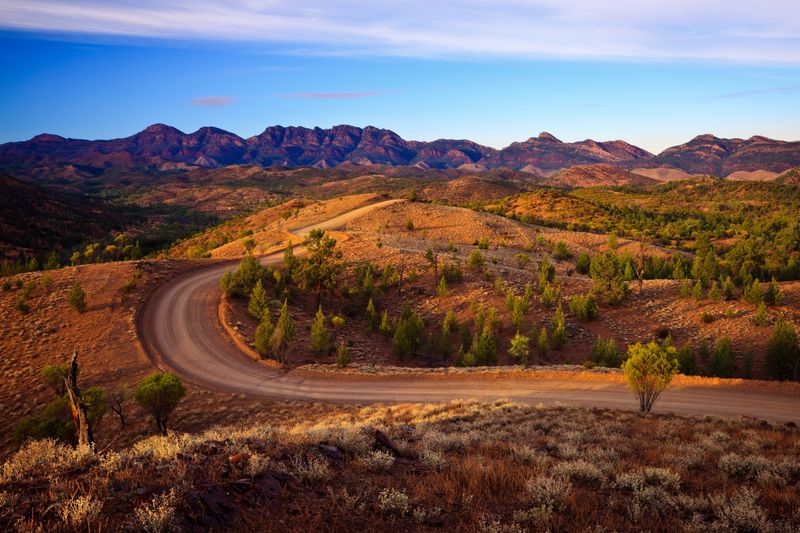
Rising dramatically from South Australia’s outback plains, the ancient mountains of Ikara-Flinders create a perfect sanctuary. This rugged landscape of red rock gorges, cypress pines, and hidden waterholes spans over 95,000 hectares of protected wilderness.
Aboriginal guardians managed these lands for over 49,000 years before European arrival disrupted natural balances. The park’s isolation helped shield it from complete ecological collapse even as native species disappeared.
Today, Ikara-Flinders serves as a living laboratory where traditional knowledge combines with modern conservation science. Its success inspires similar projects across Australia’s vast network of national parks and indigenous protected areas.
Once Gone, Now Thriving: How Reintroduction Turned The Tide
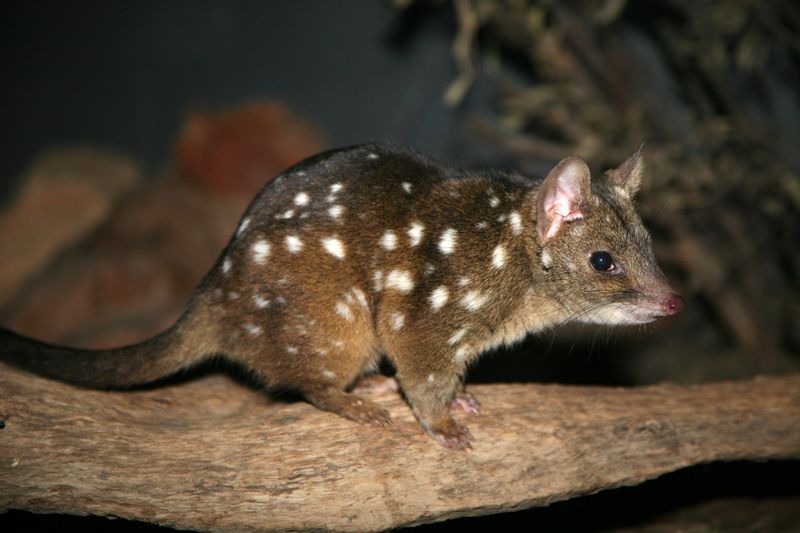
Reintroducing locally extinct species requires more than simply releasing animals and hoping for the best. For Western Quolls and Brushtail Possums, success came through careful preparation of both the environment and the animals themselves.
Captive breeding programs selected individuals with genetic diversity and wild instincts intact. Before release, each animal underwent health screenings and was fitted with tracking devices to monitor survival.
Staged releases over multiple years allowed scientists to learn from early challenges. When first-generation quolls showed vulnerability to fox predation, subsequent releases included additional predator-awareness training – a groundbreaking approach that dramatically improved survival rates.
A Fragile Ecosystem Gets A Second Chance At Balance
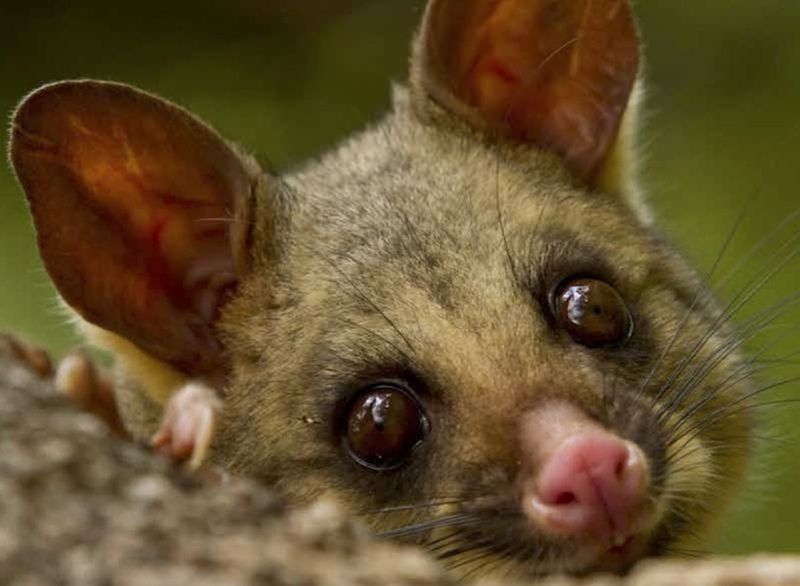
Ecosystems function like intricate puzzles where every species plays a vital role. When quolls and possums disappeared from Ikara-Flinders, the entire system fell out of balance – rodent populations exploded, vegetation patterns changed, and other native animals suffered.
Quolls have resumed their role as native predators, controlling mice and rats naturally without the indiscriminate hunting of introduced foxes and cats. Possums, meanwhile, help spread seeds and pollinate native plants during their nightly foraging.
Rangers have documented cascading benefits throughout the food web. Native birds, reptiles, and insects have all shown population increases since these mammals returned to fulfill their ecological niches.
Predator Control Played A Huge Role In Their Recovery
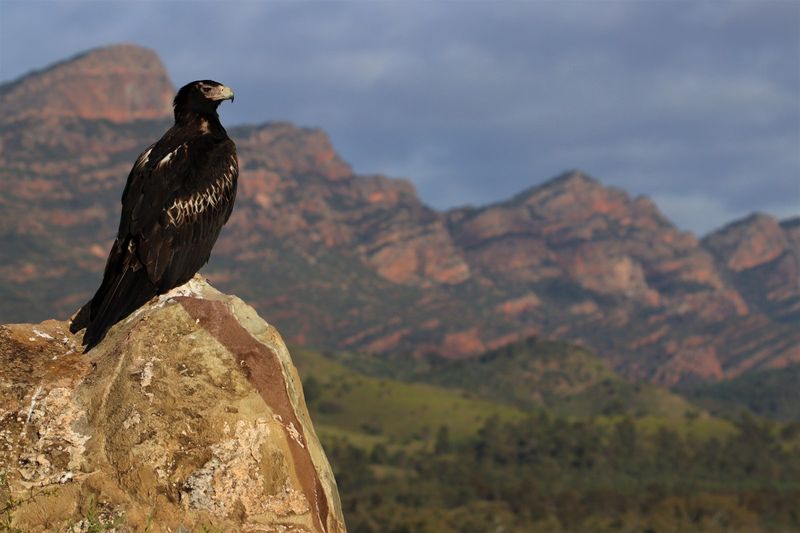
Foxes and feral cats have devastated Australia’s native wildlife since their introduction by European settlers. For quolls and possums to survive, these deadly predators needed to be managed effectively throughout the reintroduction zone.
Rangers implemented a strategic program using specialized baiting techniques that target introduced predators while protecting native animals. Motion-activated cameras monitor predator movements, allowing teams to respond quickly to threats.
Specially trained “conservation dogs” help locate fox dens and cat hiding spots that might otherwise go undetected. This multifaceted approach has reduced fox populations by over 90% in core habitat areas, giving native species the breathing room they needed to establish themselves.
Community Involvement Was Key To Making This Work

Local champions transformed scientific theory into on-the-ground reality at Ikara-Flinders. Adnyamathanha traditional owners shared crucial knowledge about animal behavior and habitat needs passed down through generations.
Nearby farmers and station owners adjusted their land management practices to create wildlife-friendly buffer zones around the park. School groups participated in citizen science projects, collecting valuable data while developing personal connections to these rare animals.
Volunteers from across Australia dedicated thousands of hours to habitat restoration, building nesting boxes, and monitoring released animals. This collaborative approach created a protective community around the project that proved essential during challenging periods when survival hung in the balance.
Why This Comeback Matters For Australia’s Native Biodiversity
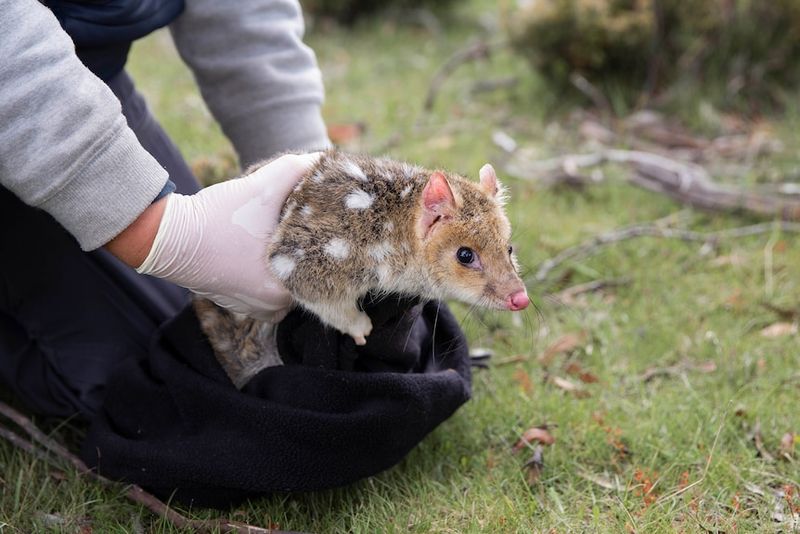
Australia holds the world’s worst mammal extinction record, having lost 34 native species since European colonization. Each successful recovery provides hope against this grim statistic and demonstrates practical pathways for reversing the trend.
Quolls and possums serve as “umbrella species” – their protection benefits countless other plants and animals sharing their habitat. Their return signals improving ecosystem health that supports everything from tiny insects to towering eucalyptus trees.
Beyond ecological value, these animals represent living cultural heritage for Aboriginal communities who maintained relationships with them for millennia. Their return strengthens cultural connections and traditional knowledge systems that contain invaluable wisdom about sustainable land management.
Other Endangered Species Could Benefit From This Model

Success breeds success in conservation circles. The Ikara-Flinders model has already inspired similar projects for Bilbies in Western Australia, Eastern Quolls in Victoria, and Bettongs in New South Wales.
Key lessons include starting with small, intensively managed populations before expanding, involving local communities from day one, and addressing threats comprehensively before reintroduction. The project demonstrated that even severely depleted species can recover if given appropriate support.
Conservation groups have created detailed protocols based on this success story, sharing knowledge through workshops and training programs. This collaborative approach amplifies impact far beyond the original project, potentially saving dozens of threatened species across the continent.
Hope For The Future: What’s Next For These Resilient Creatures
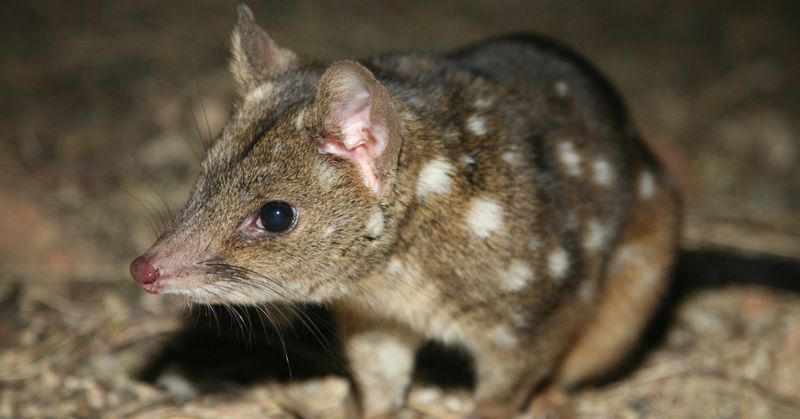
Looking ahead, scientists have mapped potential expansion zones where these recovering populations might spread naturally. Genetic monitoring ensures healthy diversity as the animals multiply, with occasional translocations planned to strengthen bloodlines.
Advanced technologies like thermal drones and AI-powered camera traps will track population trends with minimal human disturbance. Young quolls born in the park have already begun dispersing into neighboring properties – a promising sign of natural range expansion.
Perhaps most exciting, these species may eventually be downgraded from endangered to vulnerable status if current trends continue. While challenges remain, their journey from presumed extinction to thriving populations represents one of conservation’s most heartening comeback stories – proof that with determination, we can rewrite the future for Australia’s unique wildlife.

